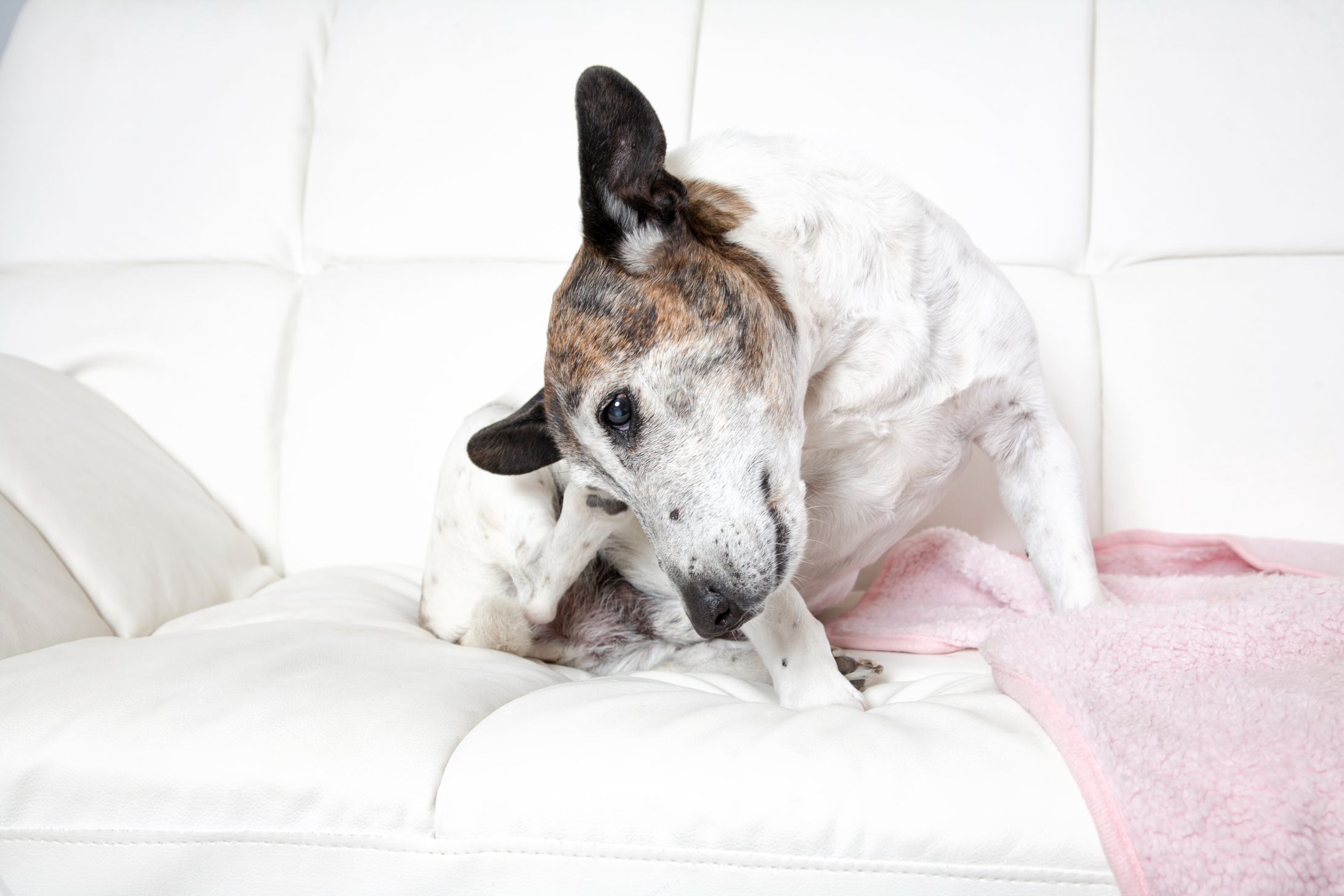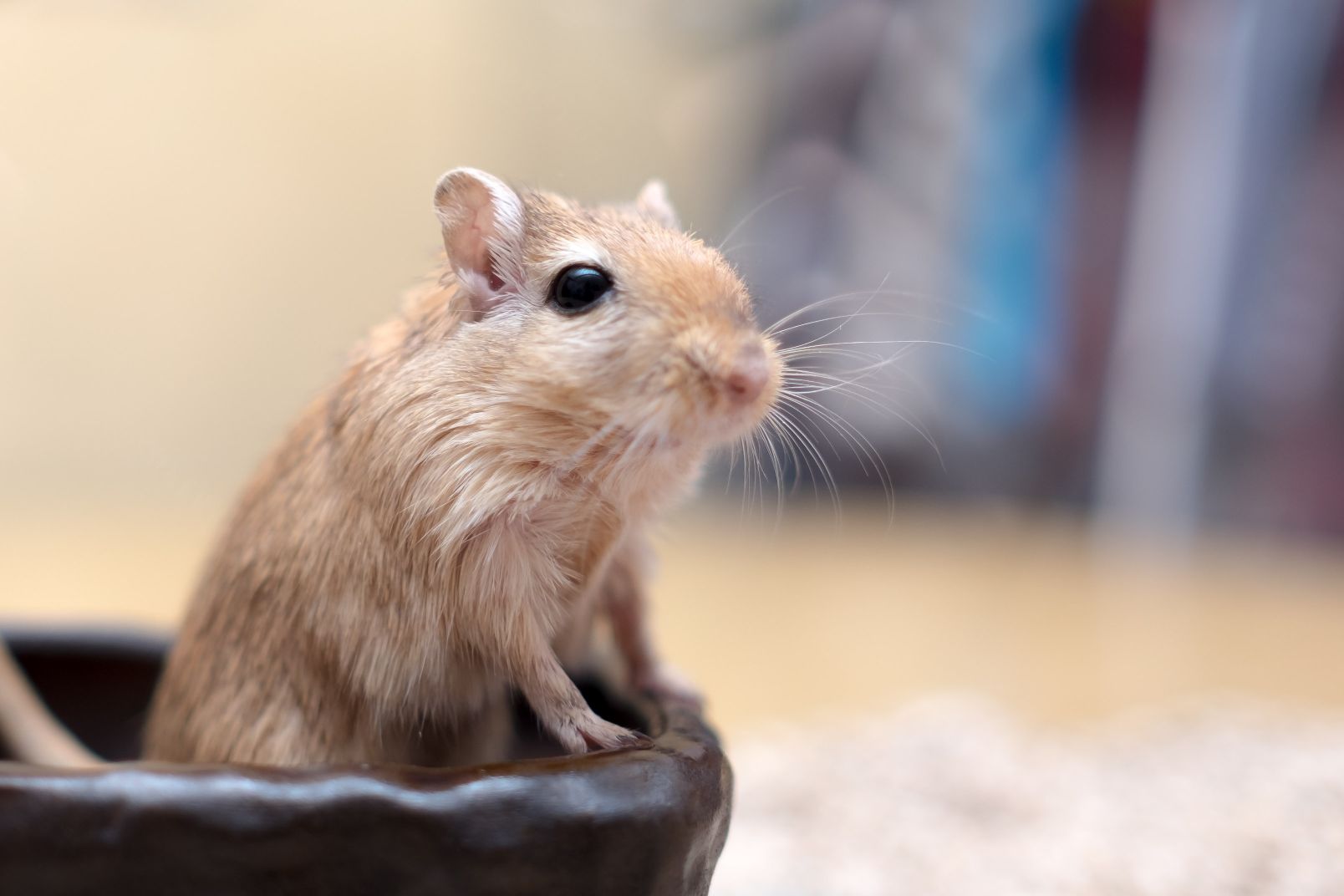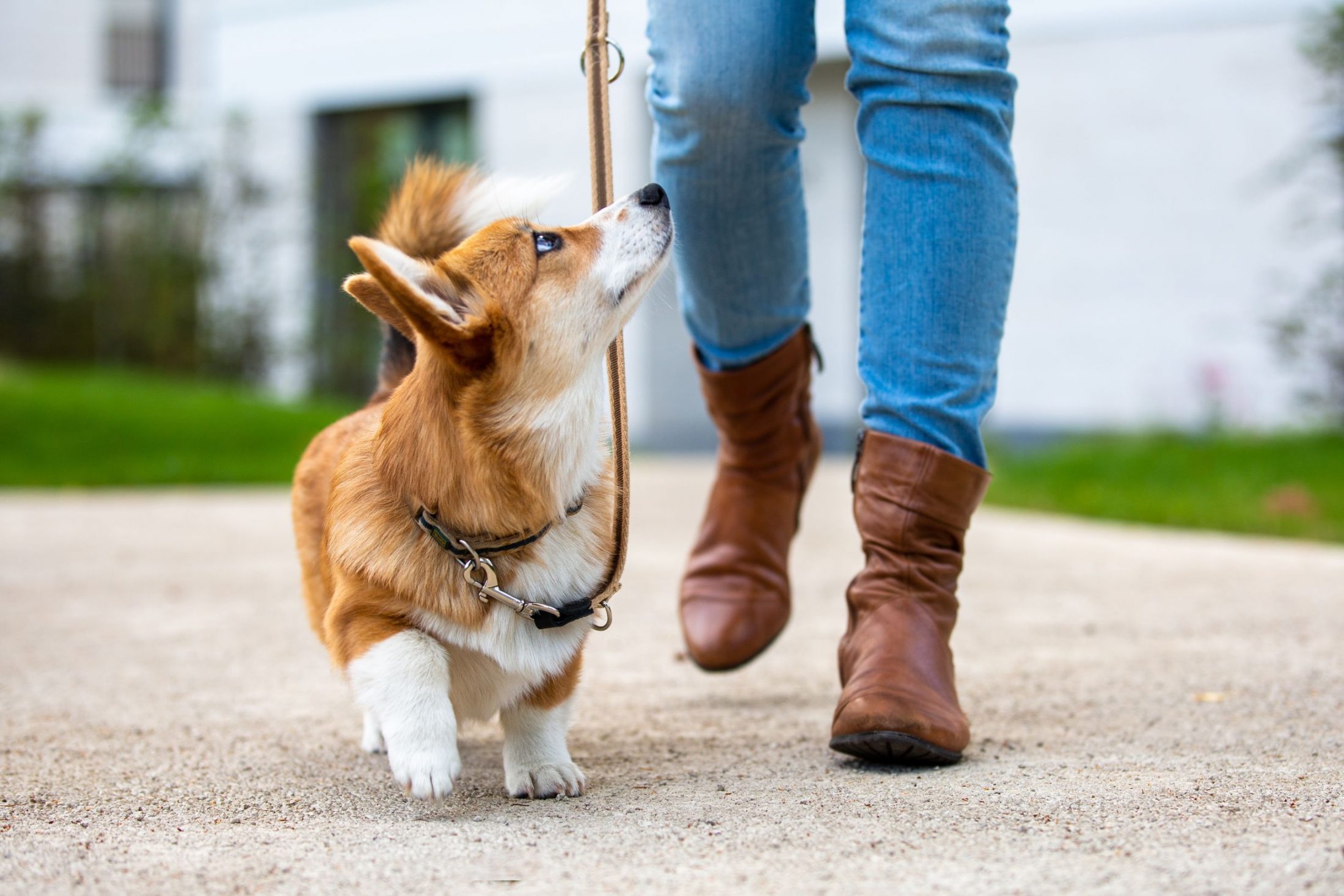
Our pet’s don’t need to be camera ready, but their teeth still matter. Studies show that good dental health in pets can contribute to overall better general health and a longer life. And how would you feel if you never brushed your teeth, or saw the dentist?
Plaque and tartar are all too common in pets. In fact, by the time your pet is 4 years of age, chances are they have some form of dental disease. But this common problem is also preventable. Summeridge Animal Clinic has some tips and tricks to help give your pet healthy teeth and gums. Our approach includes three things: regular dental exams, regular professional teeth cleanings, and daily tooth brushing at home.
If you gasped, laughed, or rolled your eyes at the mention of brushing your pet’s teeth, bear with us! Tooth brushing doesn’t have to be hard, and most pets can learn to tolerate and even enjoy this daily attention. Let us show you how!
Pet Dental Basics
Plaque and tartar build up on the teeth and under the gumline on a daily basis. The bacteria that accompany them go to work on your pet’s teeth and gums to cause inflammation (gingivitis). And if not brushed away, bacteria can work their way under the gumline and start to destroy the supporting structures of the teeth, including the root and even the bone underneath.
Cats especially are challenged by bacteria under the gumline, as they are susceptible to a number of dental diseases brought on by other systemic disease.
We recommend you start with a clean slate. Regular dental exams and professional dental cleanings lets us remove years of plaque and tartar buildup. We will examine each tooth to determine how many teeth can be saved, and polish rough tooth surfaces to prevent future plaque buildup. Once your pet’s teeth are clean, you can begin a daily brushing routine to keep plaque and tartar at bay in between cleanings.
Brushing Your Pet’s Teeth
Before you begin, gather the tools you’ll need. Purchase a small pet toothbrush – you can use finger brush for cats or small dogs. You’ll also need a pet toothpaste as human toothpaste can make your pet sick.
- Gently handle your pet’s muzzle and mouth daily so they get used to being touched around their mouth
- Let your pet lick a small amount of pet toothpaste off your finger
- Gently slide your finger into their mouth as they lick the toothpaste away
- Substitute the toothbrush for your finger, using the same process
- Hold the brush at a 45 degree angle from your pet’s teeth
- Use a circular motion to brush the outside surfaces of your pet’s teeth
- Work up to 30 seconds per each side of the mouth
Each of these steps should be done on a different day. Go slow, and praise often. Finally, keep at it! Brushing your pet’s teeth takes commitment, practice, and patience. But the results will be well worth the effort! Your pet will have a healthier mouth, be more comfortable, and live a longer life when their teeth are well taken care of.
We’re here to help, too. If you’d like a lesson on brushing your pet’s teeth in our office, or have any questions or concerns, please give us a call. Together, we can give your pet a lifetime of good oral health.



